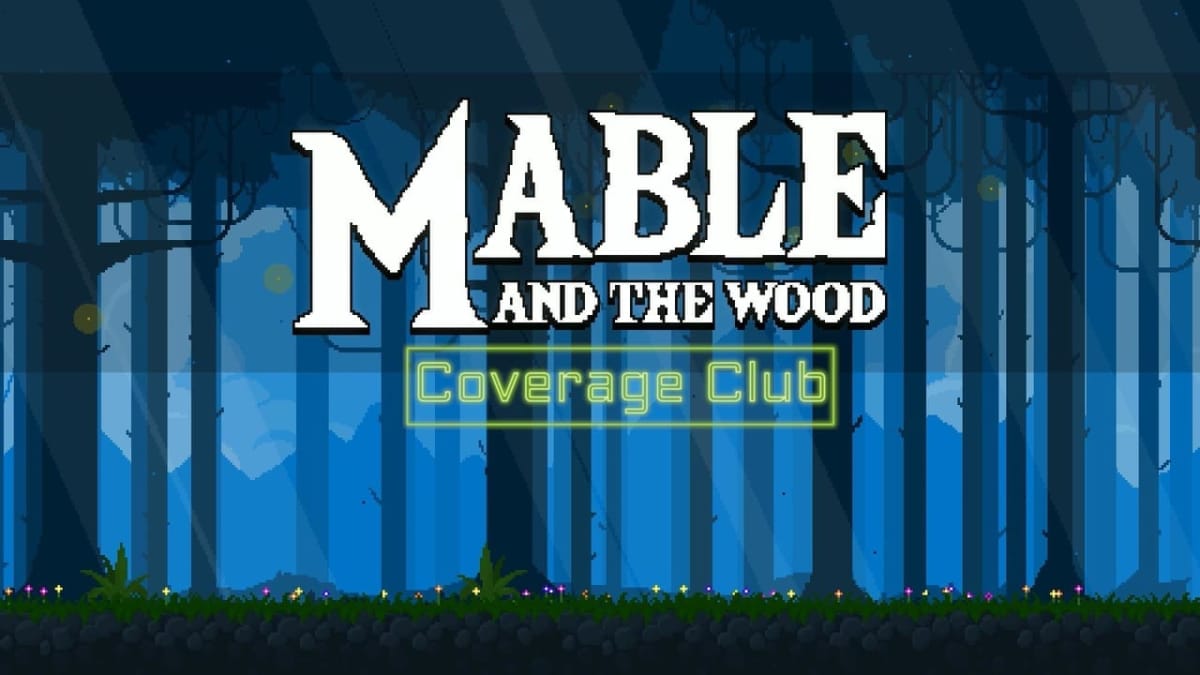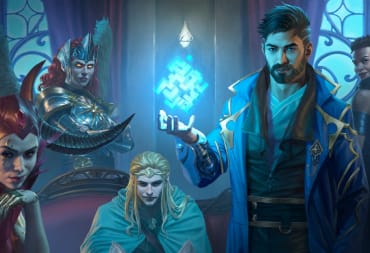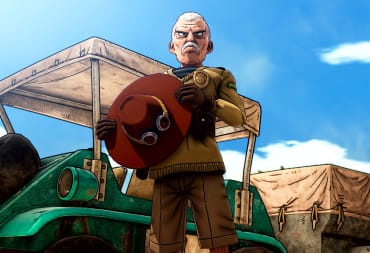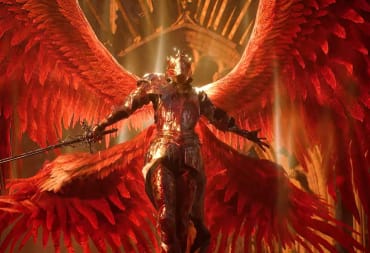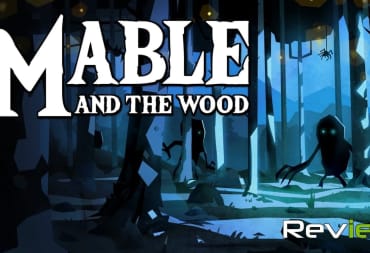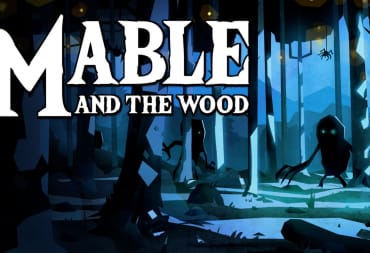If you could put every indie game in a bag and pick one at random, you’ll probably grab a Metroidvania with pixelated graphics. For an indie Metroidvania to stand out, it needs to be memorable and have satisfying game mechanics. With that in mind, what we’re seeing in Mable and the Wood looks promising. The aesthetic paints a bleak picture of the world, but Mable and her sword stand as a shining beacon of hope. The unique take on combat and movement leaves a lasting impression. Perhaps more importantly, the preview build leaves me excited and hungry for more.
In Mable and the Wood, you play as titular character Mable. She’s a shapeshifter summoned by cultists, who are imploring her to save the world. She must slay many great beasts across the land to accomplish this. Nonetheless, with her trusty sword in hand and her shapeshifting powers at the ready, she sets off on her grand adventure.
There’s just one problem. Mable can’t properly wield her heavy sword. As she moves around, she drags the blade along the ground, and she can’t really hit her full stride. That’s where her shapeshifting comes in handy. Mable starts the game with the ability to turn into a fairy. In this form, she can fly freely for a few seconds, or as long as her stamina holds out. Her sword falls at her feet, but whenever you’re separated from it, you can recall it back to you. If an enemy stands between you and your blade as it travels back to you, they get killed.
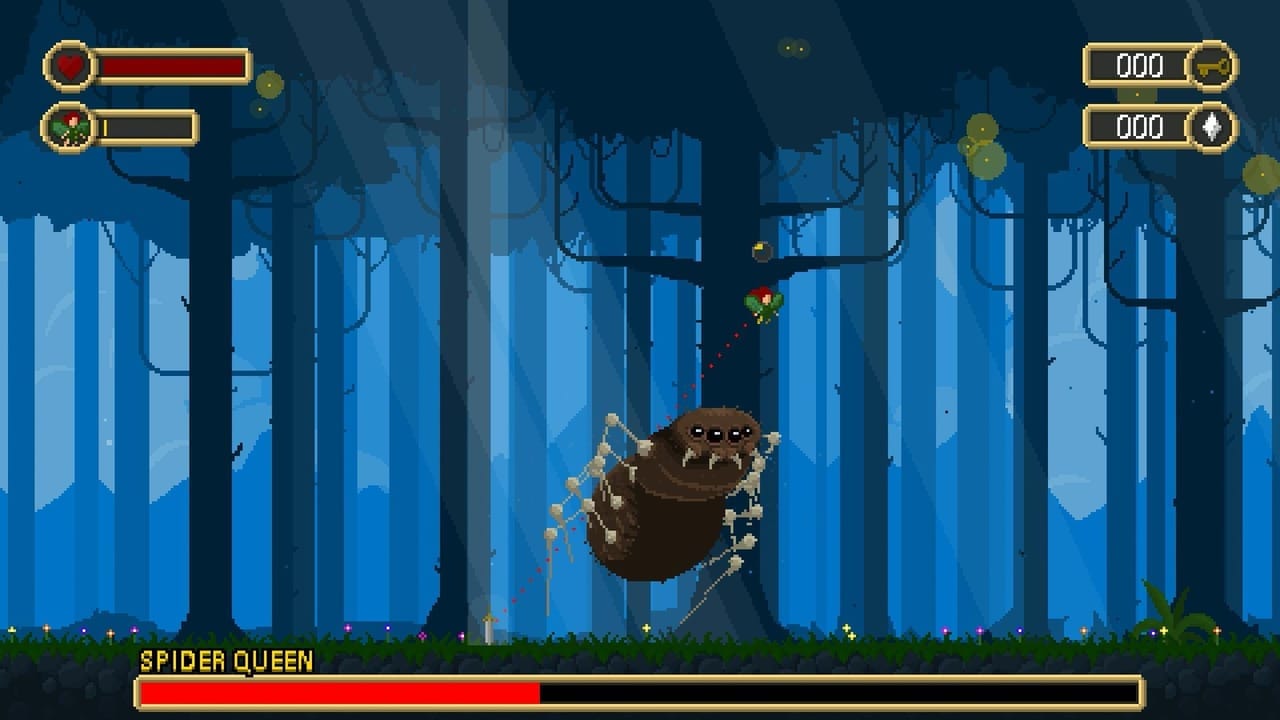
Mable and the Wood's Steam page makes it clear. “Combat is movement” in this world. There is no dedicated attack button, you just have your shapeshifting abilities. Everything about that mantra clicked for me when I faced the Spider Queen. As a boss, she's pretty easy to dispatch because all she does is jump around in tall arcs. It wasn't long until I figured out a strategy: fly up and recall my sword right through her as she came down. The boss battle ended up becoming a delicate dance, where the only thing mattered was how I moved. Killing her netted me a new form: spider. In that, Mable throws her sword at a wall, which stays connected to her by a spindle of webs. She then transforms into an eight-legged creature, using her sword as a makeshift grappling hook.
After experiencing the two forms, I'm eager to find out what other creative ideas the developers at Triplevision Games have prepared. The innovation on display here is something special, and it sticks with you for hours after a play session. The shapeshifting mechanic acts as a toolbox that becomes part of Mable and the Wood’s identity. Each transformation put a different spin on combat and exploration, perfectly complementing the game’s Metroidvania nature. For example, after obtaining the spider form, I could reach previously inaccessible places. Some passages hid behind vines that only the spider form could destroy. Others were simply just out of reach with only the fairy form.
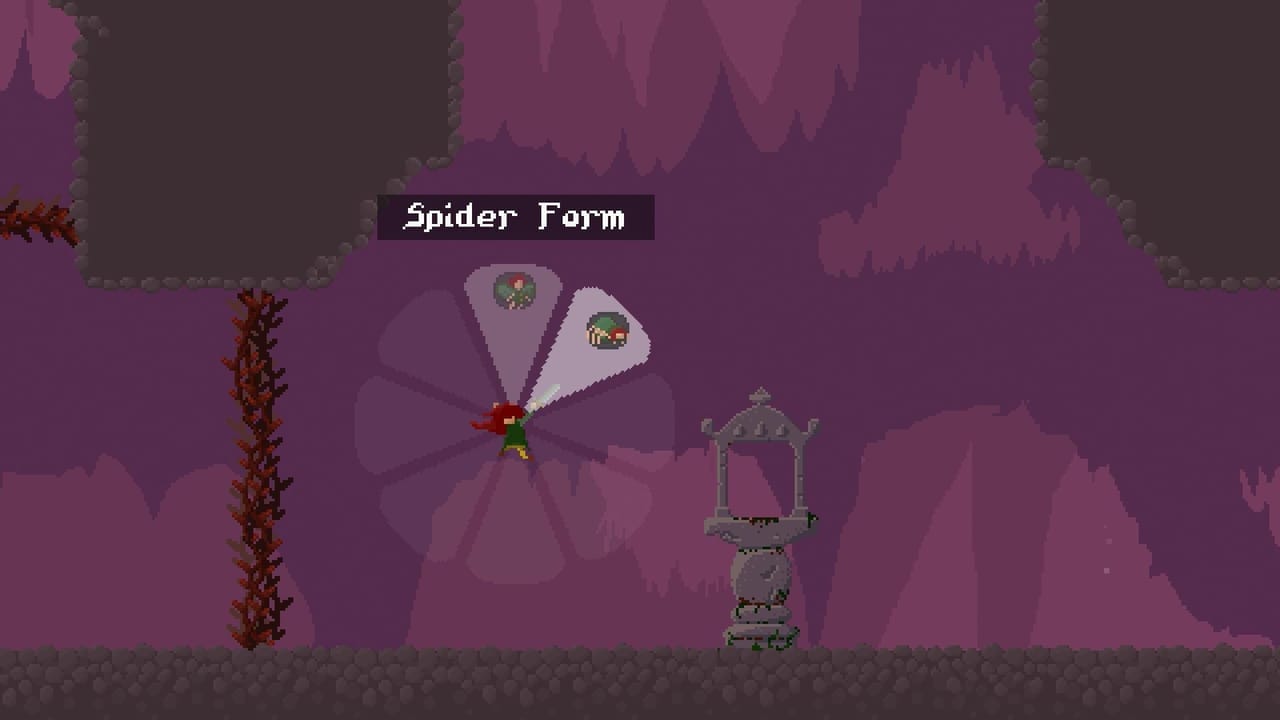
Furthermore, the shapeshifting mechanic lends itself well to experimentation. Even with only two forms at my disposal, I found various ways to accomplish the same goals. Even simple tasks, like climbing a few ledges or slaying a basic enemy, could be approached on my terms. Traversing terrain in fairy form was a hectic waltz with your sword, as you utilize the incoming sword's momentum to slingshot you forward. On the other hand, using spider form turned every screen into a sidescrolling web-swinging adventure, evoking images of Spider-Man. Imagine the possibilities with three forms, or even more.
Mable and the Wood’s novel approach to combat and movement melds both together in a wonderful symphony of locomotion. You decide how to use all the tools given to you, and in turn, that dictates Mable’s tempo and cadence. In other words, the game moves as quickly as you want it to. Combine that with a promise of a mysterious story and multiple endings and you’ve got yourself an indie game to look forward to this year.
TechRaptor covered Mable and the Wood on PC via Steam with a code provided by the developer.
Have a tip, or want to point out something we missed? Leave a Comment or e-mail us at tips@techraptor.net
